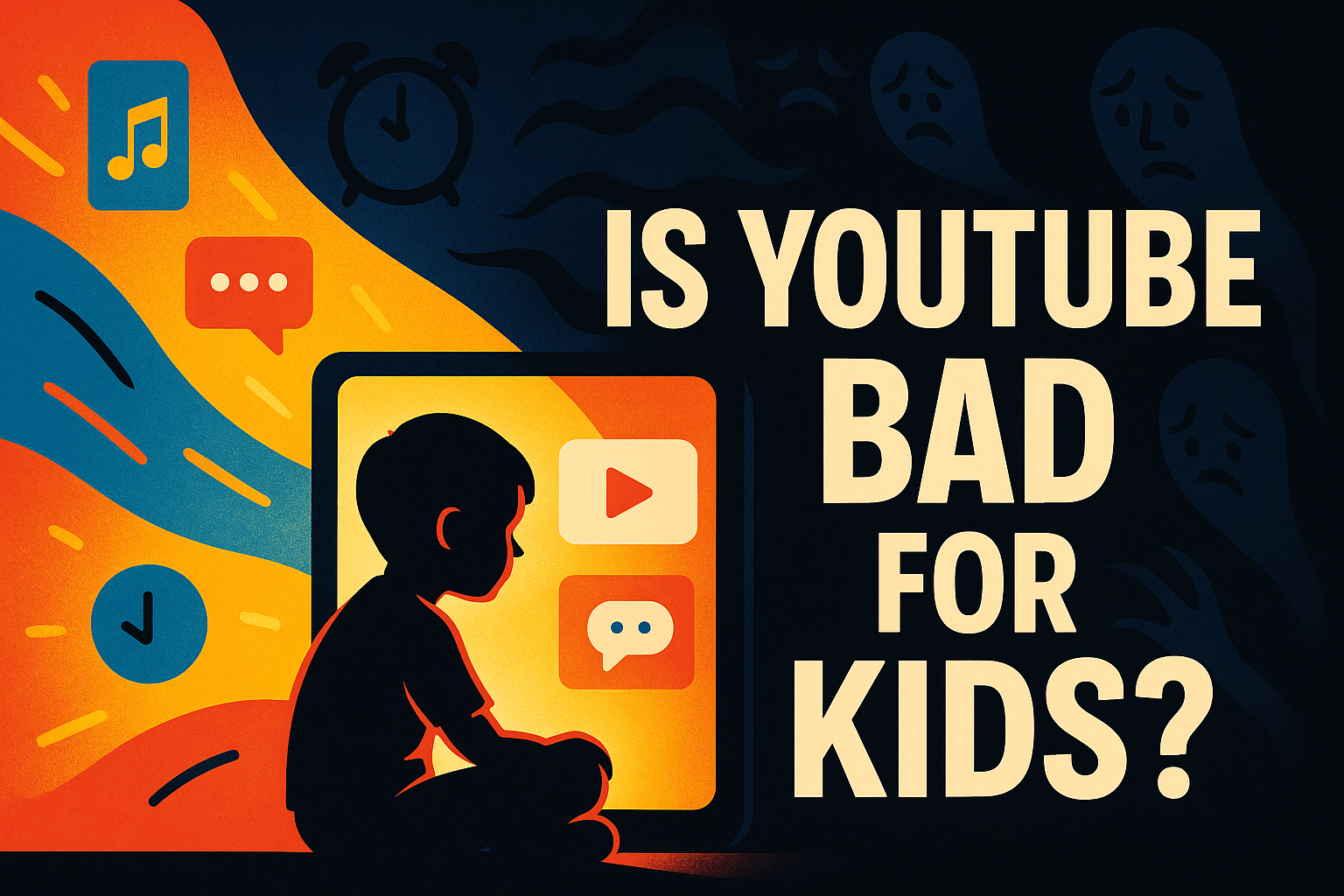Many parents wonder if YouTube is bad for kids, as their children spend hours watching videos on this popular platform. YouTube now replaces traditional TV shows and movies for most young people, making it their go-to source for entertainment.
This guide breaks down the real benefits and serious risks of YouTube for children, plus gives you practical tools to keep your kids safe online. Your family’s digital health depends on what you learn next.
Key Takeaways
YouTube offers educational benefits with 500 million daily views of learning content and one million new educational videos uploaded daily.
Children face risks from inappropriate content, excessive advertising, and algorithm-driven exposure to harmful videos despite parental controls.
Excessive YouTube use causes sleep problems, anxiety, depression, and addictive viewing patterns that harm children’s physical and mental health.
Parents should use YouTube Kids, set time limits, monitor watch history, and turn off autoplay features for safer viewing.
By 2025, YouTube will replace traditional TV for most children, making active parental supervision increasingly critical for safety.
Table of Contents
Benefits of YouTube for Kids
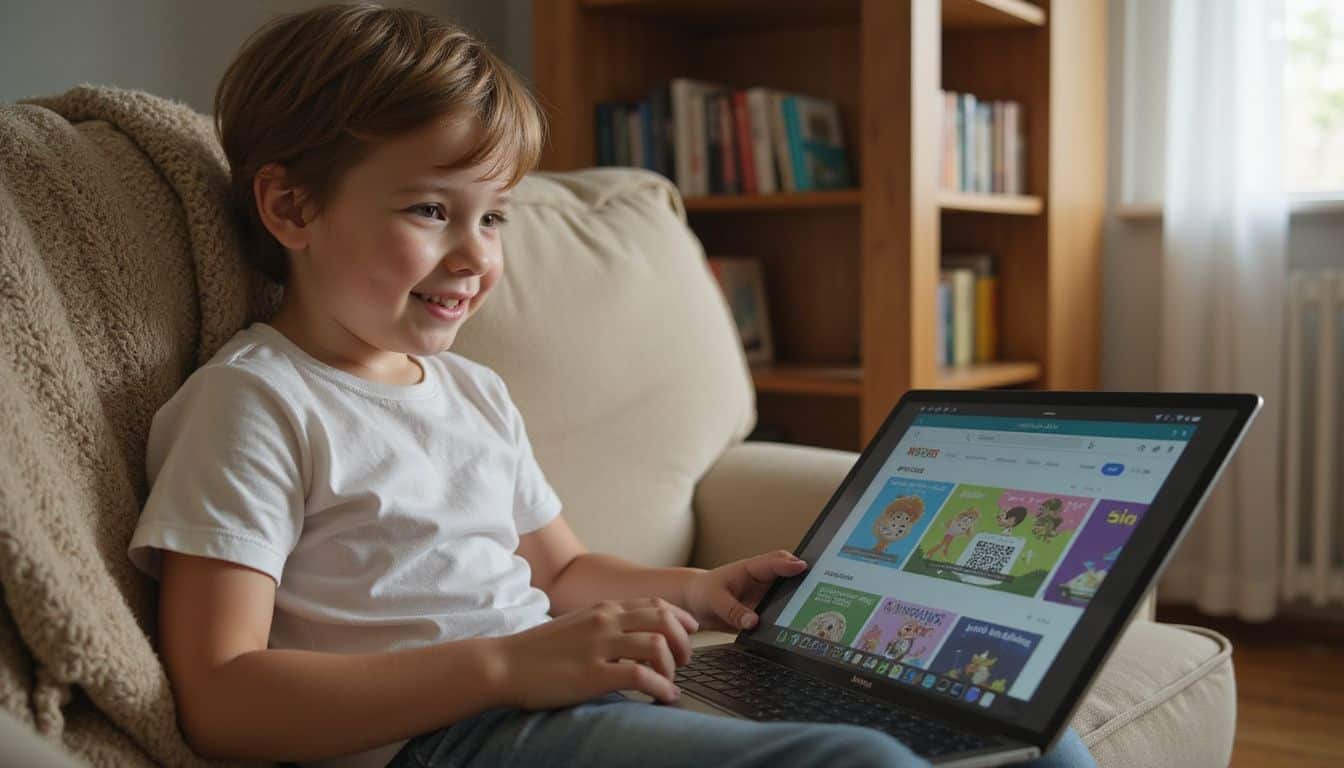
YouTube offers kids access to educational content that makes learning fun and interactive. This video-sharing platform helps children develop creative skills while connecting with others who share their interests.
How does YouTube provide educational content for children?
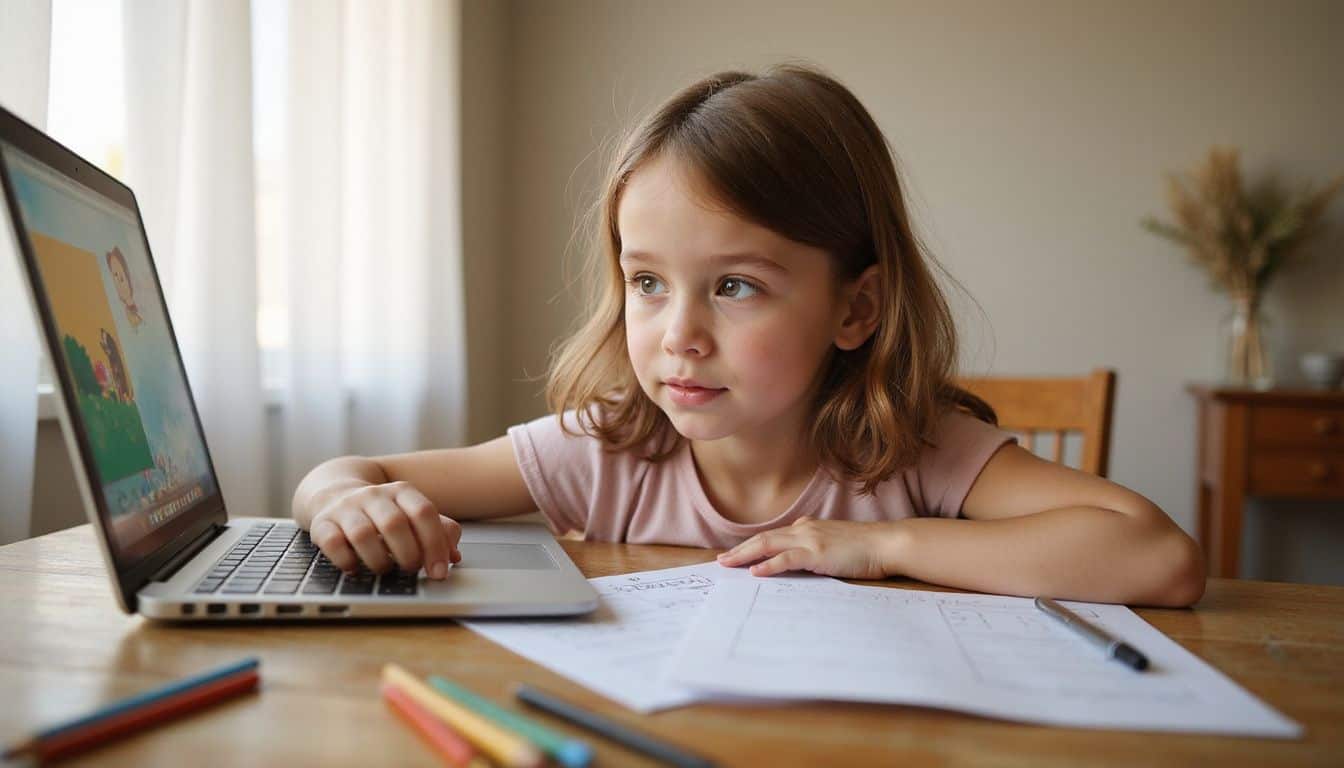
YouTube offers millions of hours of free educational content that makes learning fun and accessible for kids. Approximately 500 million views pile up daily from learning-related videos on the platform.
One million new educational videos get uploaded every day, covering everything from basic math to science experiments. My daughter discovered how to solve fractions through colorful animated videos that broke down complex concepts into bite-sized pieces.
Educational content on this video-sharing platform spans countless subjects and grade levels. PBS Kids creates quality programming that teaches letters, numbers, and social skills through familiar characters.
Science channels show real experiments that spark curiosity about the world around us. Language learning becomes interactive through songs, stories, and games that keep children engaged for longer periods than traditional textbooks ever could.
In what ways can YouTube encourage creativity and skill development?
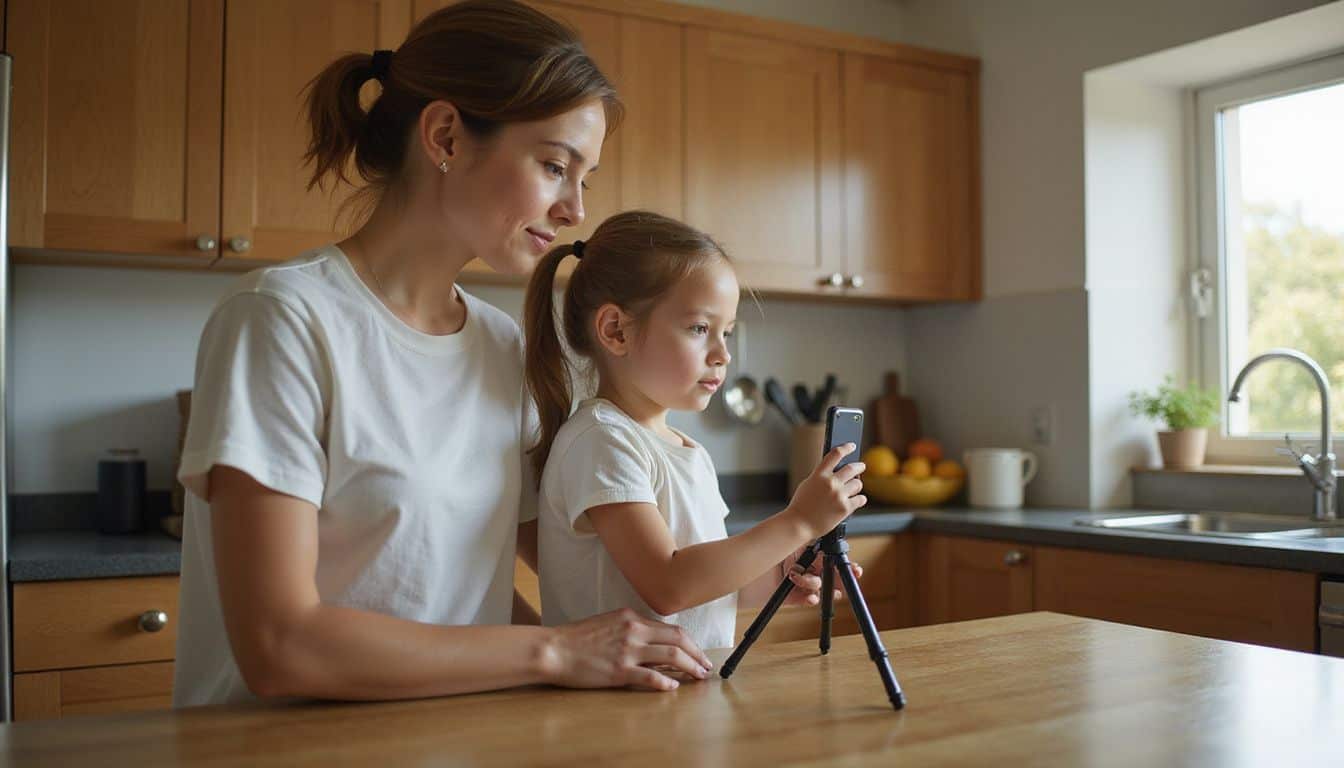
Beyond consuming educational content, children can create their own videos to enhance storytelling, editing, and multimedia skills. My daughter started making simple cooking videos last year, and I watched her confidence grow as she learned to plan scenes, speak clearly on camera, and edit clips together.
The platform provides tutorials on practical skills such as coding, art, and cooking, which helps kids develop real-world abilities they can use throughout their lives.
Children who participate in challenges and collaborations foster teamwork and communication skills with other young creators. These creative projects teach kids how to work with others, share ideas, and solve problems together.
Parental guidance in content selection helps align children’s YouTube engagement with family values and educational goals, ensuring kids explore age-appropriate content that matches their interests.
Many streamers and vloggers demonstrate different learning modalities, showing children that there are multiple ways to express creativity and share knowledge with others.
How does YouTube help kids build community and connections?
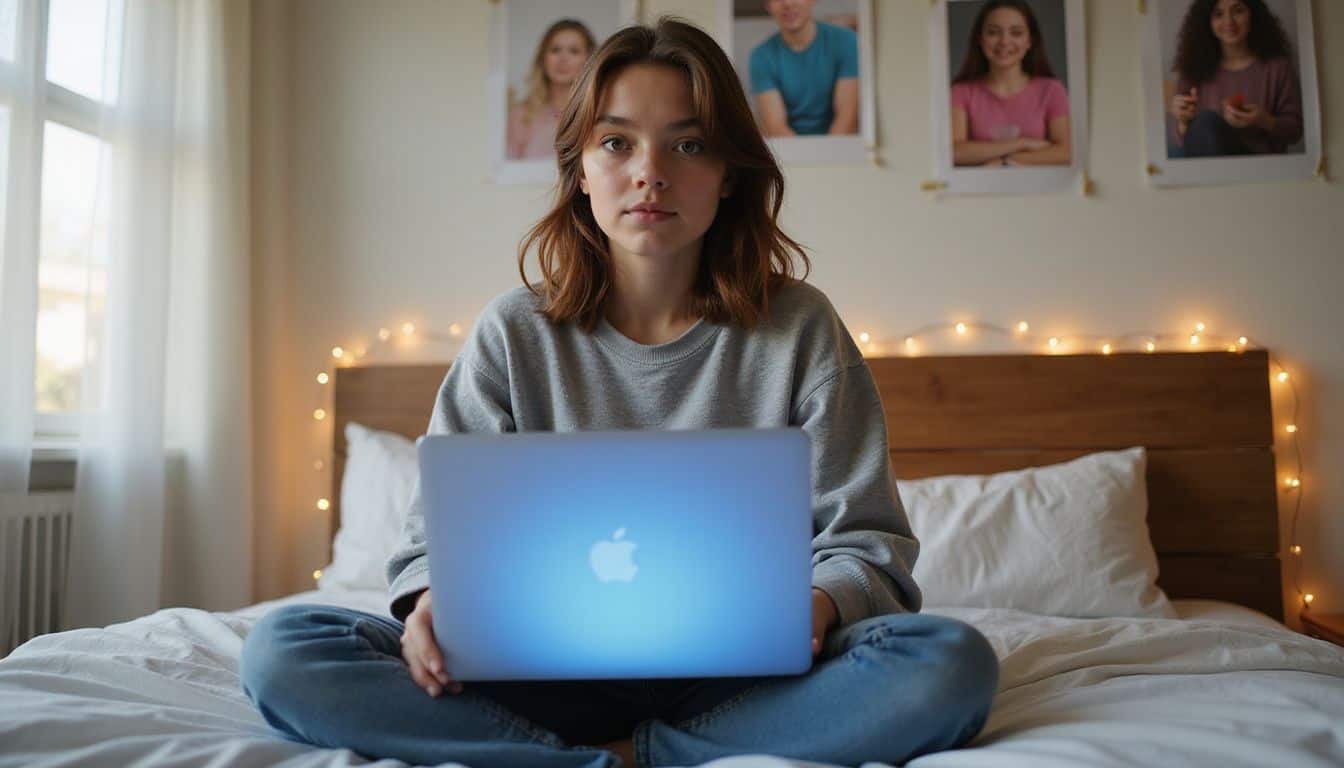
Beyond sparking creativity, YouTube creates powerful social bonds that help children feel less alone in the world. Kids form parasocial relationships with their favorite vloggers, developing strong emotional connections with creators they admire and trust.
These relationships provide comfort, especially for children who struggle to connect with peers in their immediate environment.
The platform offers a lifeline for marginalized youth, particularly LGBTQ teens who may not find acceptance in their local communities. YouTube gives these young people a space to express themselves authentically and discover others who share similar experiences.
Mental health awareness campaigns by YouTube stars create supportive communities where kids can discuss difficult topics openly. My own daughter found her sense of belonging through art channels, connecting with other young artists who shared her passion for digital drawing.
This shared interest led to online friendships that boosted her confidence and creative skills.
Potential Drawbacks of YouTube for Kids
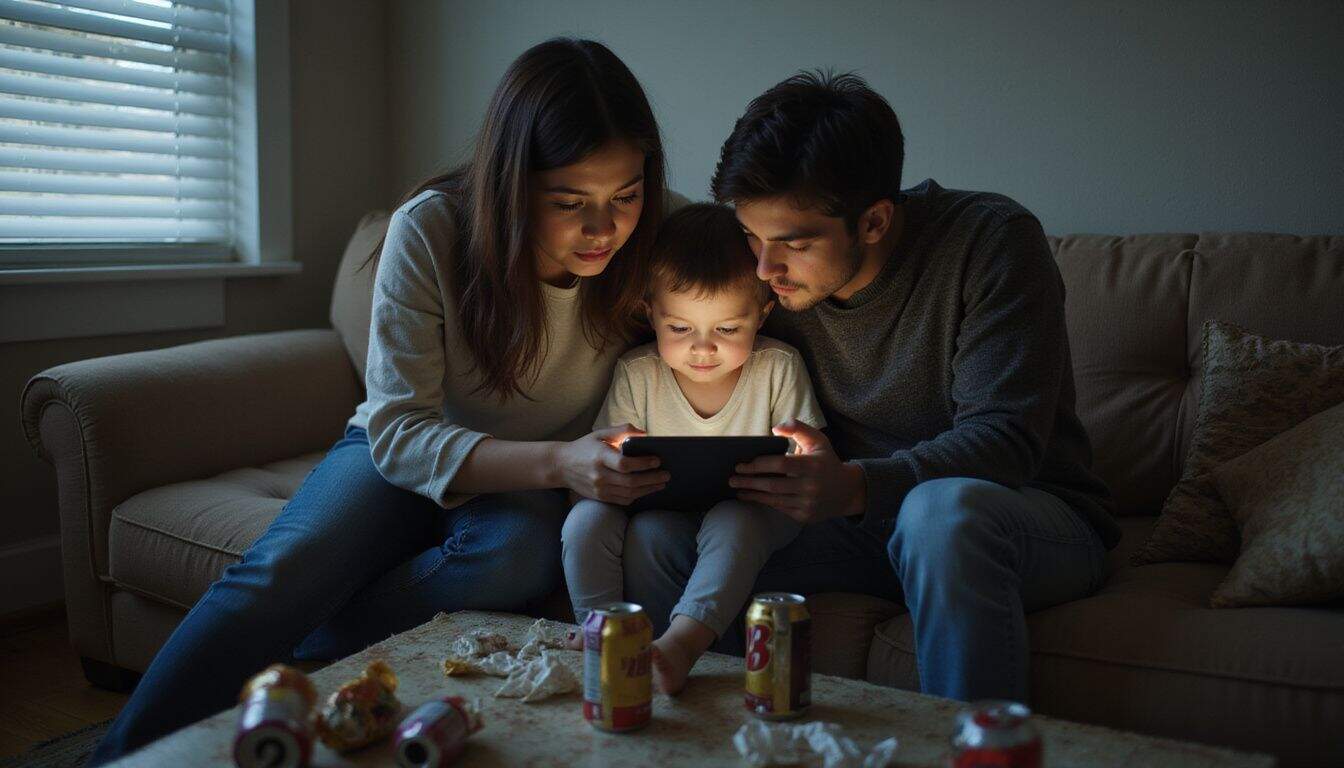
While YouTube offers great learning opportunities, it also presents real risks that worry many parents. Kids can stumble upon inappropriate content, face constant advertising pressure, and develop unhealthy viewing habits that affect their sleep, physical health, and mental well-being.
What inappropriate content might kids be exposed to on YouTube?

YouTube’s algorithm can direct children to harmful content, including violent scenarios with child-friendly characters. Kids might stumble across videos showing their favorite cartoon heroes in disturbing situations that look innocent at first glance.
Some creators intentionally produce misleading child-focused videos for increased visibility and ad revenue, making these dangerous clips hard to spot. My friend discovered her 6-year-old watching what seemed like a normal Peppa Pig episode, only to find it contained scary themes and inappropriate language halfway through.
The autoplay feature may lead to accidental exposure to unwanted and disturbing content, pulling kids deeper into unsafe territory without parents realizing what’s happening.
Inappropriate comments under children-targeted videos can expose kids to toxic online environments that damage their sense of safety online. YouTube Kids allows inappropriate content to slip through its filters despite its design for children, creating false security for families.
Parents often mistakenly believe that YouTube Kids is completely safe, overlooking existing risks that still lurk on the social media platform. Comments sections become breeding grounds for bullying, strange requests from adults, and language that most parents wouldn’t want their children reading.
Even videos about toys or nursery rhymes can attract predators who leave disturbing messages, turning innocent content into something much more dangerous for young viewers.
How does advertising affect children on YouTube?

Advertisements on YouTube are often blended into content, making them seem like genuine recommendations. Kids can’t tell the difference between real advice and paid promotions. This creates confusion about what’s trustworthy.
Young viewers think their favorite YouTubers genuinely love every product they show. The blurred lines between entertainment and marketing tricks children into wanting things they don’t need.
Companies know kids watch these videos and target them with clever ads disguised as fun content.
Exposure to excessive advertising on YouTube may contribute to behavioral issues and mental health concerns in children. Kids see hundreds of ads each day while watching videos. They start believing they need every toy, game, or snack they see advertised.
This constant pressure creates anxiety and disappointment. Parents face more begging and tantrums at stores. Children develop unrealistic expectations about what they should own. The fear of missing out grows stronger as kids compare themselves to what they see online.
Parental controls and monitoring are crucial for mitigating the impact of advertising and content exposure on children.
Can YouTube cause screen addiction and affect mental health?
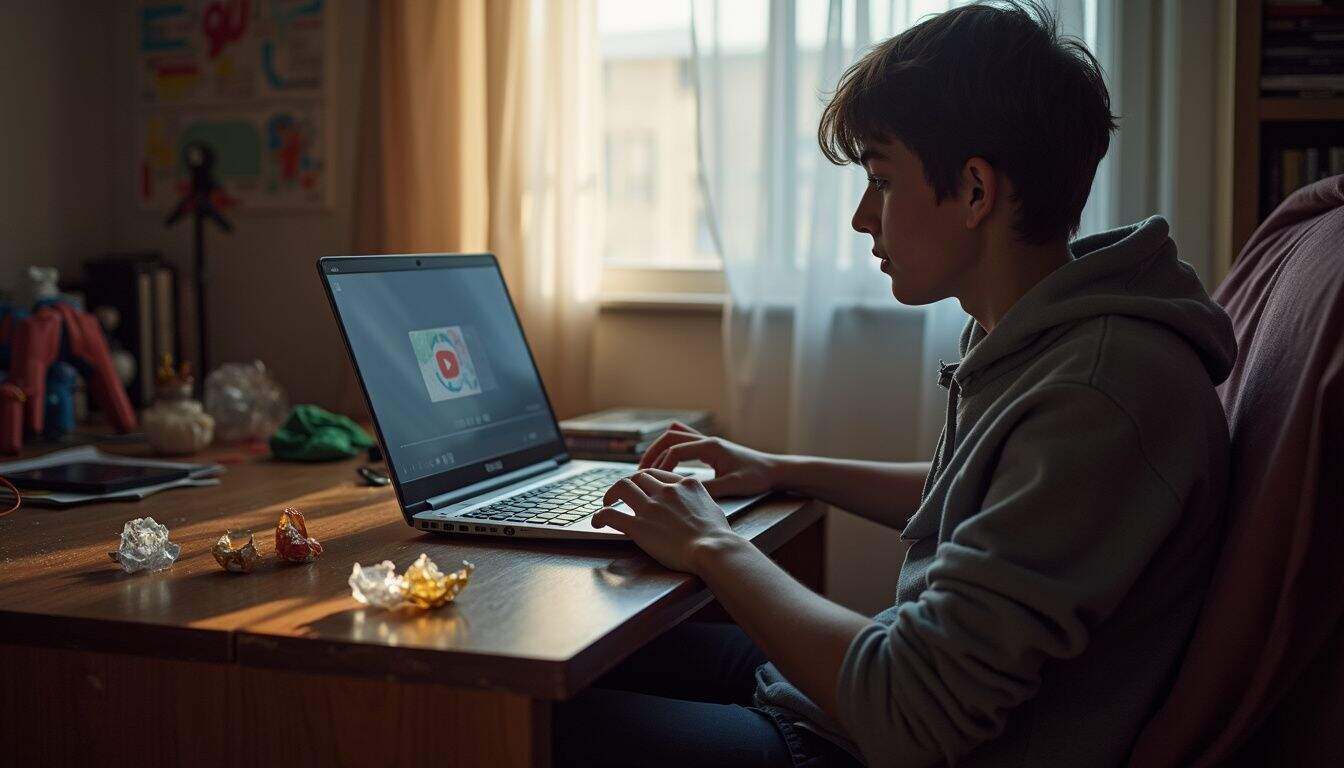
Advertising concerns pale compared to YouTube’s deeper psychological effects on children. The platform creates addictive viewing patterns that can seriously harm young minds.
YouTube’s recommendation algorithm keeps kids watching for hours without breaks. This prolonged screen time leads to mood changes, sleep disturbances, and increased anxiety levels.
Research shows unsupervised YouTube use contributes to depression in children and adolescents. The platform’s design encourages binge-watching, making it hard for kids to develop proper self-regulation skills.
Many parents notice their children become irritable or upset when YouTube time ends, which signals potential internet addiction. Studies reveal that excessive social media platforms use, including YouTube, correlates with negative emotions and behavioral problems.
Children who spend too much time on digital media often struggle with self-control and show signs of addictive behavior patterns.
How does YouTube impact kids’ sleep and physical health?
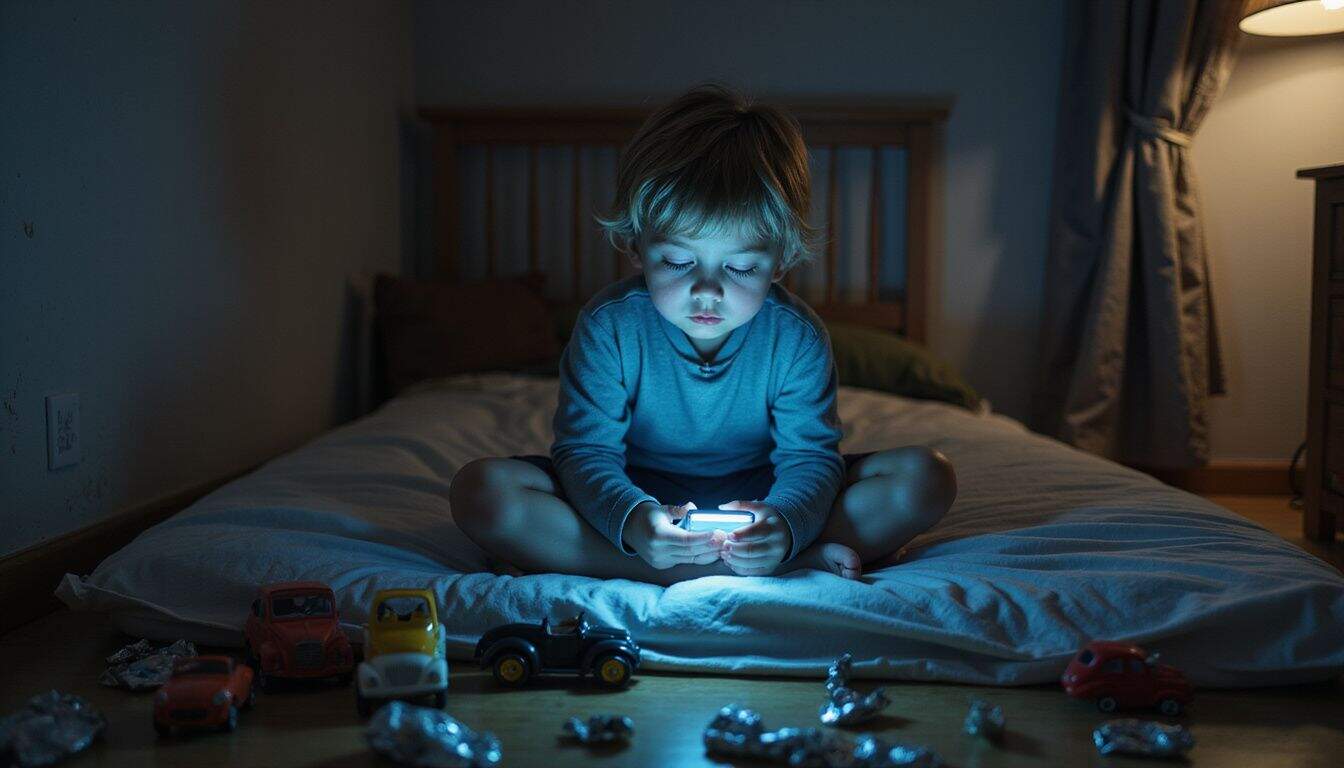
YouTube’s design creates serious problems for children’s sleep patterns and physical health. Excessive screen time from YouTube disrupts natural sleep cycles, leaving kids tired and cranky during the day.
The platform’s algorithm keeps children watching for hours, which directly increases their risk of obesity. Blue light from screens tricks young brains into staying awake longer than they should.
Unmonitored screen time on YouTube leads to altered moods, sleep disturbances, and mental health challenges like anxiety and depression. Children who spend too much time watching YouTube videos often develop poor posture, eye strain, and reduced physical activity levels.
The platform’s addictive nature makes kids choose screens over outdoor play, sports, or other healthy activities. Parents must limit children’s usage of YouTube and promote a balanced range of daily activities for better physical health.
Active parental involvement is crucial for managing potential drawbacks and reinforcing family values around media consumption.
Parental Guidance and Safety Measures
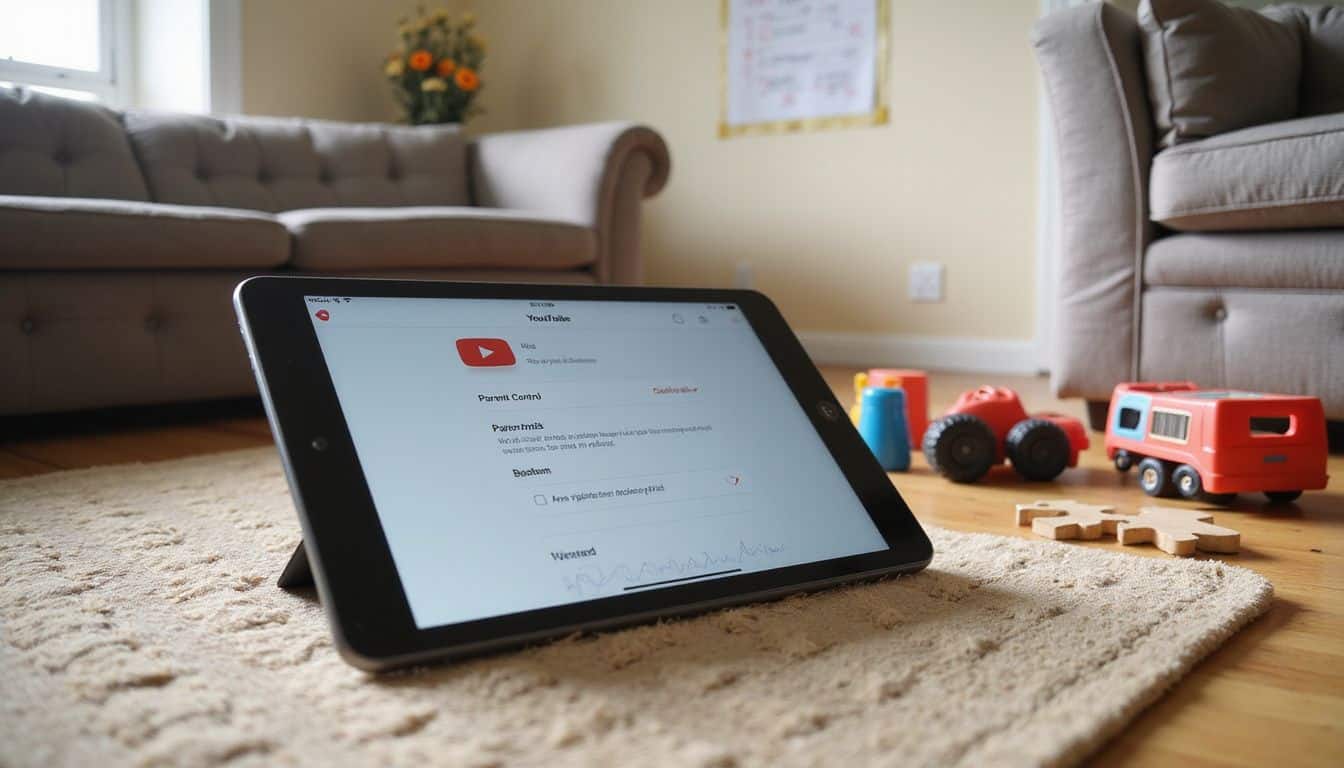
As a parent, you hold the power to create a safer YouTube experience for your child through active supervision and smart safety tools. Setting up proper parental monitoring systems, using time limits, and choosing age-appropriate content can protect your little ones while still letting them enjoy the platform’s benefits.
How can parents actively supervise their kids’ YouTube use?
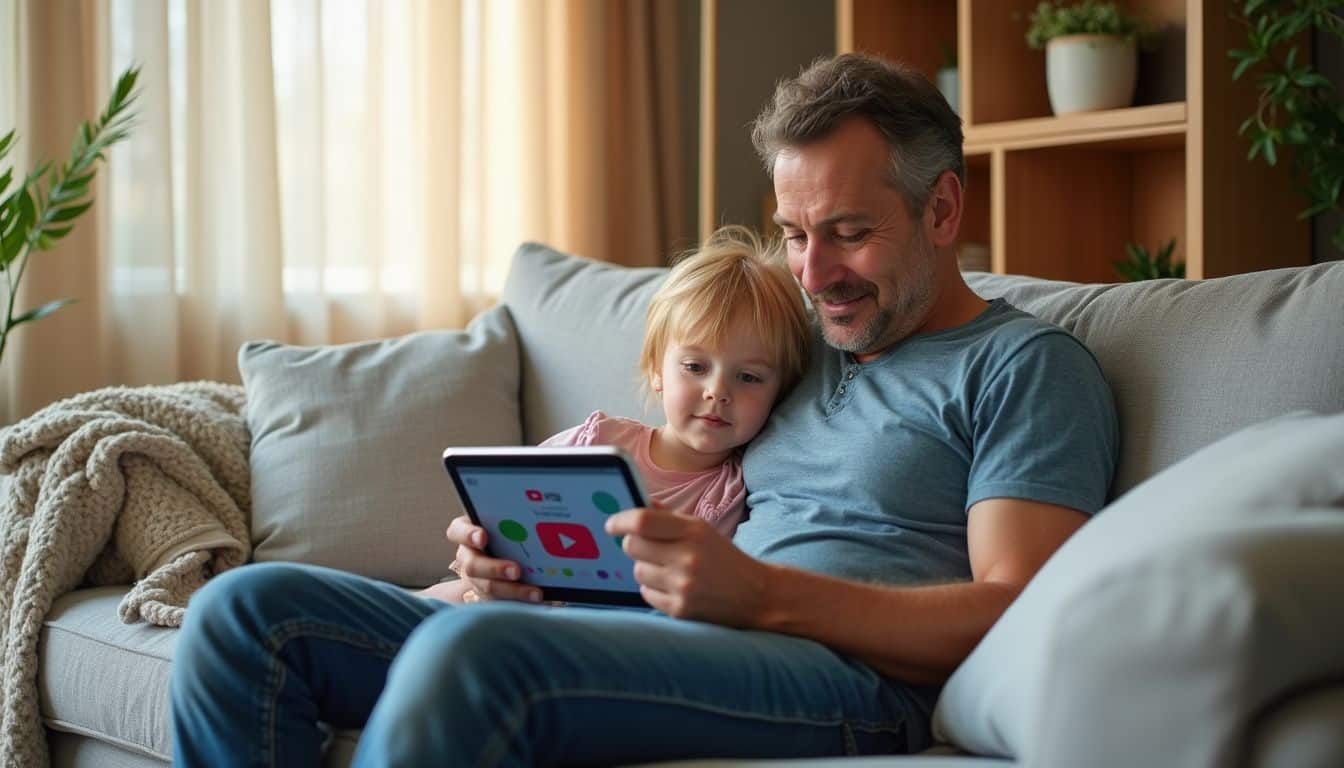
Active supervision means staying involved in your child’s YouTube experience rather than letting them browse alone. Smart parents use specific tools and strategies to create a safer viewing environment for their kids.
- Turn off autoplay features immediately to prevent YouTube from automatically playing random videos that might contain inappropriate content for your child’s age group.
- Check your child’s watch history daily through their account settings to see exactly what videos they viewed and identify any concerning content patterns.
- Create a YouTube Kids account with customizable parental controls that filter content based on your child’s specific age and maturity level.
- Monitor all advertising content that appears during videos, since marketing messages can influence children’s attitudes and purchasing requests in unexpected ways.
- Set up joint viewing sessions where you watch videos together and discuss the content to help develop your child’s critical thinking skills.
- Block specific channels that produce content you find unsuitable by using YouTube’s built-in parental monitoring tools and restriction settings.
- Establish clear time limits for daily YouTube use and stick to these boundaries consistently to prevent excessive screen time and potential addiction behaviors.
- Engage in open discussions about what your child watches, asking questions about their favorite creators and the messages in different videos.
- Use background checked content by researching popular YouTube channels before allowing your child to subscribe or watch their videos regularly.
- Check demographic data about your child’s viewing habits through YouTube’s analytics to understand their interests and spot any concerning trends early.
For single parents managing childcare challenges, these supervision strategies are especially important since you’re handling everything alone.
What parental controls and age restrictions are available on YouTube?
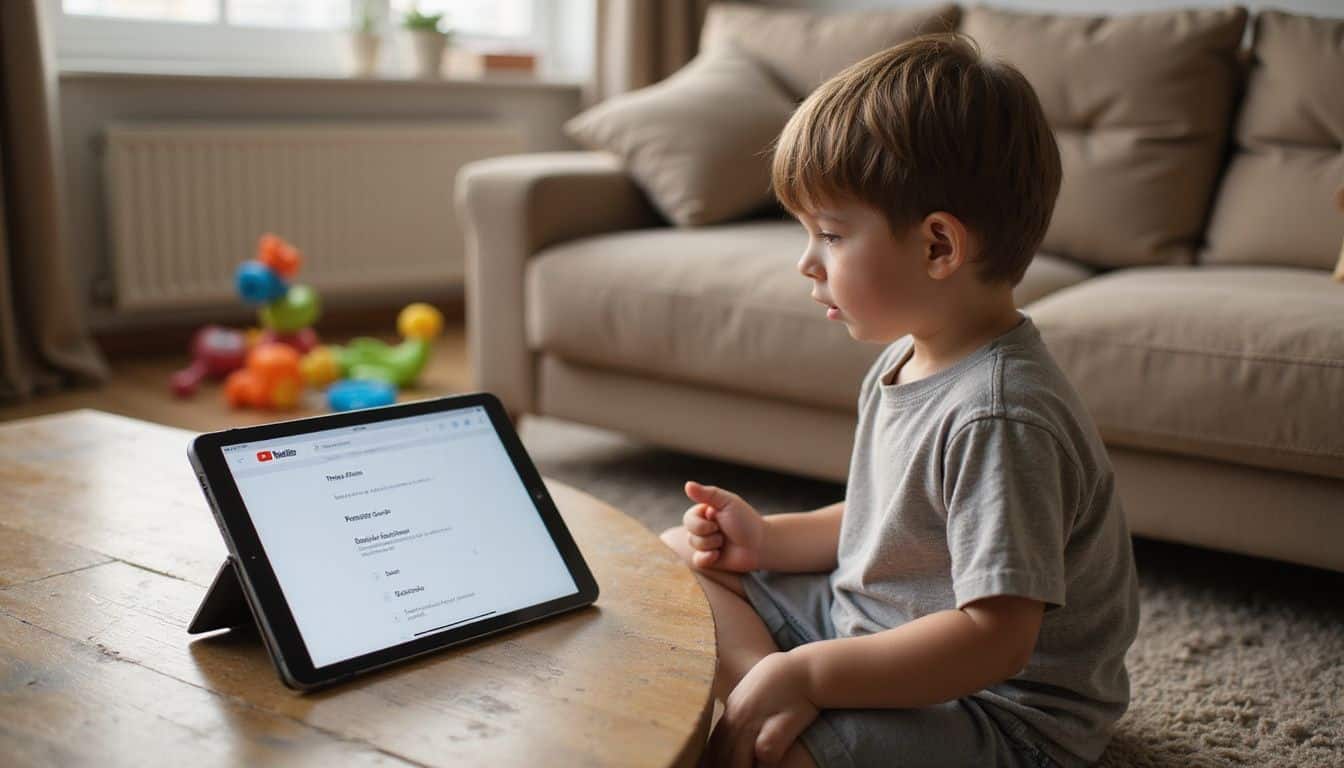
YouTube offers several parental controls to help you manage your child’s viewing experience. These tools work across both regular YouTube and YouTube Kids to create safer online spaces.
- YouTube Kids provides parental controls like blocking specific channels and setting viewing time limits, giving you direct oversight of what your children watch daily.
- Parents can activate “Approved Content Only” mode to select videos for children, ensuring kids only see content you’ve personally reviewed and approved.
- Content is organized by age groups: Preschool (4 and under), Younger (5-8), and Older (9-12), making it easier to find appropriate material for your child’s developmental stage.
- Customizable settings are available through a verified account, requiring a passcode or multiplication problem to prevent children from changing restrictions without permission.
- YouTube Premium subscription removes ads from the free version of YouTube Kids, eliminating potentially inappropriate advertising content that might appear during videos.
- Parents are advised to regularly monitor their children’s watch history for safety, allowing you to track viewing patterns and identify concerning content quickly.
- Restricted Mode on regular YouTube filters out potentially mature content, though this feature isn’t perfect and shouldn’t replace active supervision.
- Time limits can be set for daily viewing sessions, automatically pausing videos after your specified duration to encourage breaks from screen time.
- Search functionality can be turned off completely in YouTube Kids, preventing children from finding content outside your approved selections.
How can parents set effective screen time limits?
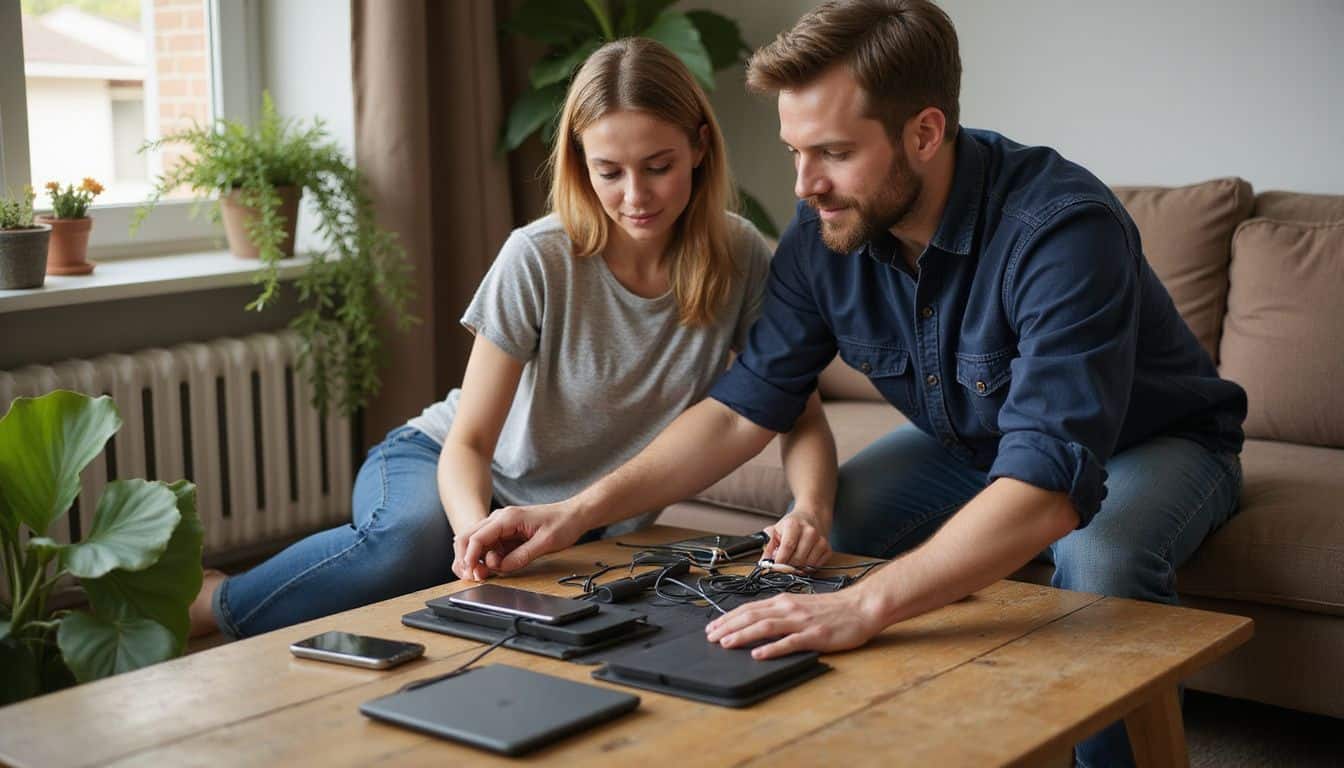
Setting screen time limits helps prevent digital media addiction and keeps kids healthy. Parents need clear rules and tools to manage their children’s viewing habits effectively.
- Turn off the autoplay feature on all devices to stop endless video streaming and give kids natural break points during their viewing sessions.
- Create specific time blocks for screen use, like 30 minutes after homework or one hour on weekends, so children know exactly what to expect.
- Use built-in parental controls on phones, tablets, and computers to automatically shut off access after the daily limit is reached.
- Set up a family charging station where all devices go at bedtime, preventing late-night scrolling that affects sleep patterns.
- Make screen-free zones in bedrooms and dining areas to encourage face-to-face conversations and better sleep habits for the whole family.
- Track your child’s actual usage through device settings or apps like Bark Technologies to see real data about their viewing patterns.
- Plan alternative activities before removing screen time, like outdoor play, art projects, or reading, so kids have something fun to do instead.
- Start with gradual reductions if your child currently has unlimited access, cutting back by 15-30 minutes each week until you reach your goal.
- Create playlists of age-appropriate content in advance so kids can watch approved videos within their time limits without constant supervision.
What are good ways to encourage kids to balance screen time with other activities?
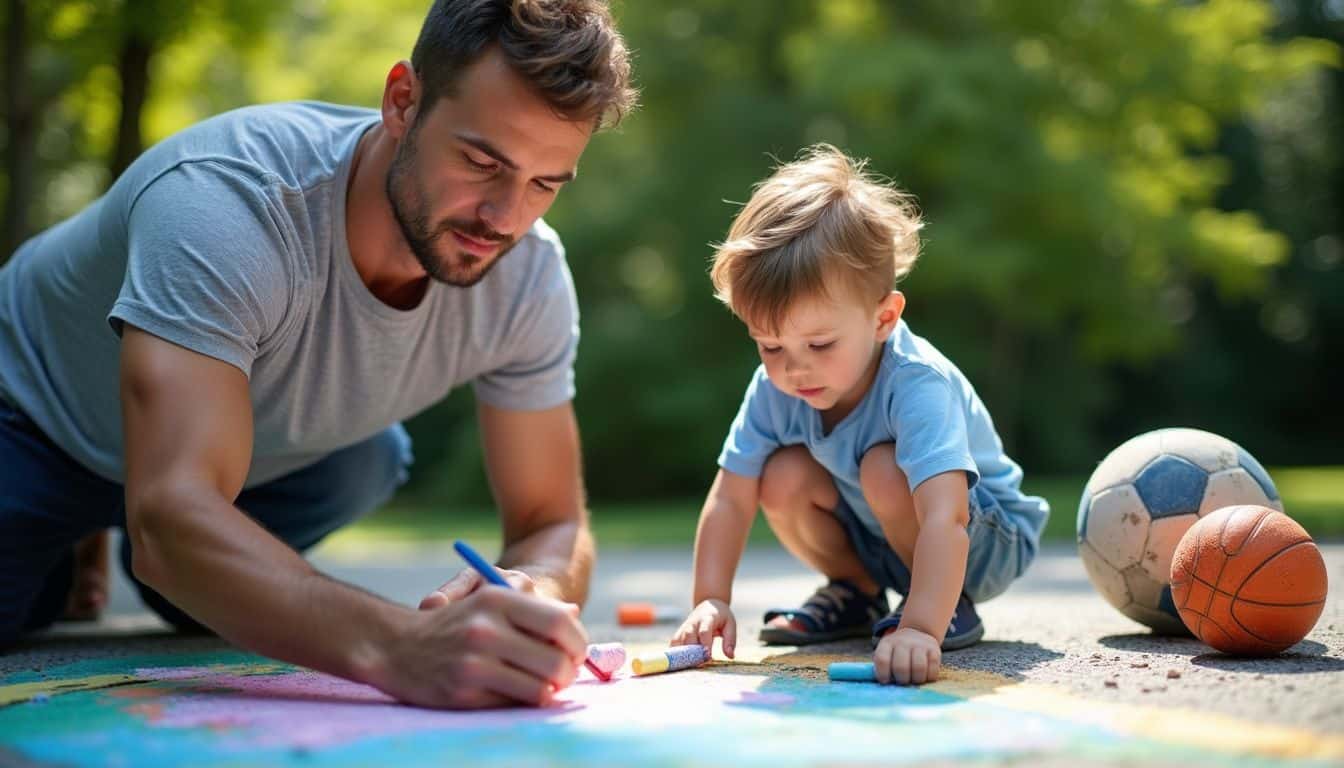
Children need variety in their daily routines to develop properly and stay healthy. Parents can take simple steps to help kids enjoy activities beyond YouTube and other social networking services.
- Create a daily schedule that includes outdoor play, sports, and creative activities alongside screen time. This approach helps children develop different skills while preventing YouTube addiction from taking over their day.
- Establish clear time limits for screen use and stick to them consistently. Use timers or parental controls to enforce these boundaries, making sure kids understand that screen time has specific start and end times.
- Engage in joint viewing sessions with your children to make screen time more interactive. Watch educational content together and discuss what you see, turning passive viewing into active learning experiences.
- Encourage participation in sports, arts, or reading activities that capture your child’s interests. These hobbies provide natural alternatives to screens while building confidence and social skills through real-world interactions.
- Maintain a balance between screen time and face-to-face social interactions with family and friends. Plan regular activities like board games, cooking, or neighborhood walks that bring everyone together without devices.
- Set up screen-free zones in bedrooms and dining areas to protect sleep and family time. This helps prevent the negative impact on physical health that excessive screen use can cause.
- Regularly check watch history to monitor what your kids view and guide them toward better content choices. Use this information to start conversations about appropriate media consumption and digital citizenship.
- Utilize parental controls on YouTube Kids to block specific channels and set appropriate content levels. These tools help you maintain control over what your children see while giving them some independence in their viewing choices.
How Will YouTube’s Impact on Children Evolve in 2025?
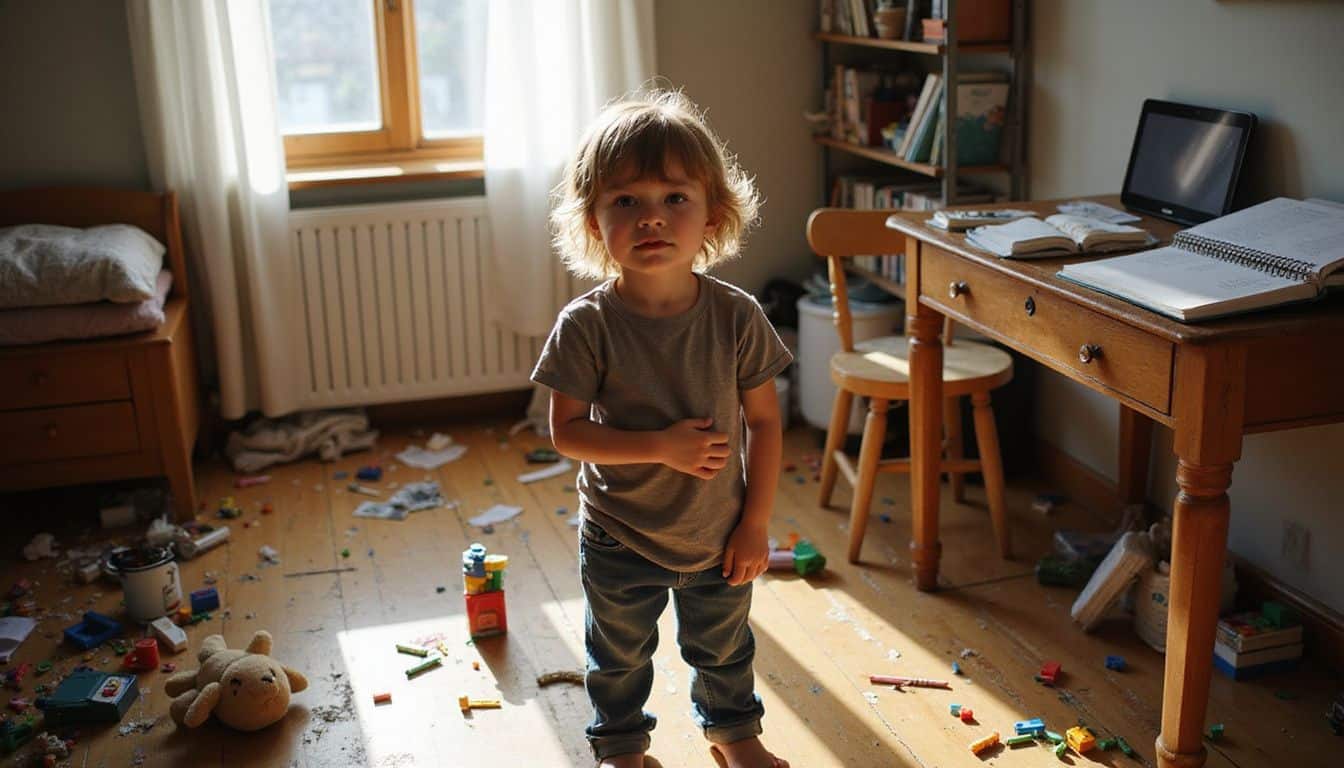
YouTube will increasingly replace traditional entertainment forms like television among children by 2025. Kids will spend more time watching videos than sitting in front of TV screens.
This shift means parents need to pay closer attention to what their children watch online. A significant number of children are expected to aspire to become YouTubers or Twitch streamers due to YouTube’s influence on career aspirations.
Young people see content creators making money and gaining fame, which shapes their future goals. Social network services like Instagram, Facebook, and Twitter will work together with YouTube to create stronger connections between kids and their favorite creators.
Many children lack supervision while using YouTube, increasing risks associated with unmonitored viewing habits. Parents must step up their game to protect their kids from harmful content.
YouTube’s algorithm may expose children to harmful content more easily than traditional media, affecting their mental and emotional well-being. The platform’s smart system learns what kids like and shows them similar videos, but this can lead them down dangerous paths.
Children form parasocial relationships with YouTube vloggers, feeling understood better than by real-life friends. These one-sided friendships can impact how kids develop social skills and handle real relationships.
Remote learning experiences during recent years have made screen time feel more normal, but this creates new challenges for managing healthy media habits in 2025.
People Also Ask
How does YouTube affect child development and early childhood learning?
YouTube can impact child development in both positive and negative ways. Educational content supports learning, while excessive screen time may contribute to language delays in infants and toddlers. Research using statistical analysis shows mixed results for early childhood exposure.
What does research say about YouTube’s connection to addictive behaviors in children?
Studies using multiple linear regression and the Temperament and Character Inventory reveal concerning patterns. Children showing high novelty seeking and reward dependence traits are more vulnerable to problematic smartphone use. The correlation between screen time and addictive behaviors is positively correlated according to recent cohort study findings.
Can YouTube viewing lead to behavioral problems like aggression and inattention?
Yes, excessive YouTube use can contribute to these issues. The Child Behavior Checklist (CBCL) and t-scores from various evaluations show links between heavy viewing and increased aggression. Inattention problems also appear more frequently in children with unregulated internet access.
What personality traits make children more susceptible to YouTube addiction?
Research by Cloninger and others identifies specific temperaments that increase risk. Children with high novelty seeking, persistence issues, and certain motivations face greater challenges. The Temperament and Character Inventory helps identify these psychological conditions early.
How does YouTube impact teenagers differently than younger children?
Teenagers and young adults show different usage patterns and risks. Loneliness often drives excessive viewing in this age group, while younger children may develop language delays or autism-related concerns. Statistical Package for the Social Sciences data reveals age-specific vulnerabilities.
What protections exist for children using YouTube?
The Children’s Online Privacy Protection Act provides some safeguards, though enforcement remains challenging. Parents should understand that YouTube’s algorithms weren’t designed with child development in mind. Experts like Titania Jordan recommend active monitoring and setting clear boundaries for healthy internet use.
